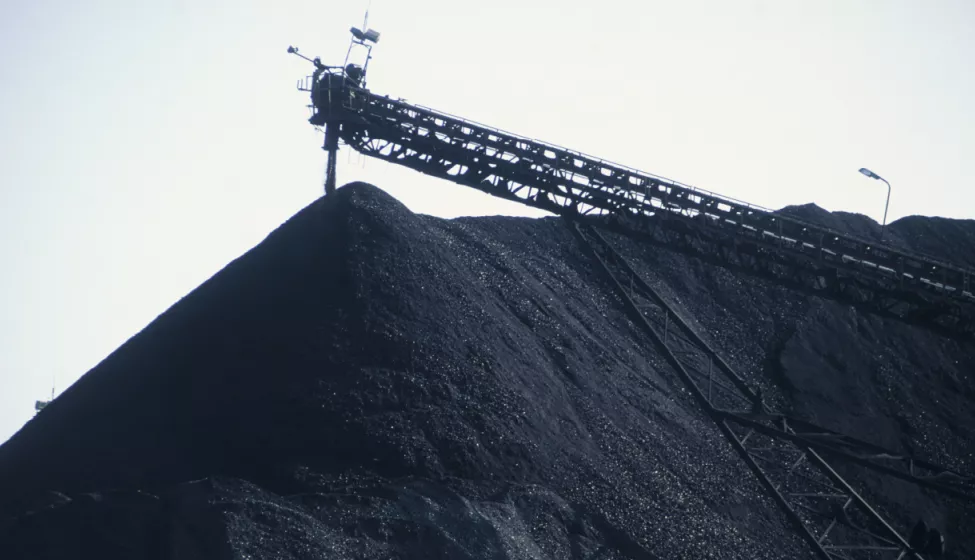February 9, 2022
EPA announced plans to strengthen enforcement of the CCR rule amid the first round of impoundment closure decisions
This January, the U.S. Environmental Protection Agency (EPA) announced several actions to strengthen enforcement of the coal combustion residuals (CCR) rule. The protective actions recently announced by EPA fall into three categories: addressing requests for extensions to closure deadlines, bringing active facilities into compliance, and publishing new regulations. Relevant facilities may have to take additional action to achieve CCR rule compliance, including assessing environmental impacts from legacy coal ash surface impoundments that were not regulated under the former CCR rule.
The 2015 CCR rule regulates CCR as solid waste under the Resource Conservation and Recovery Act (RCRA) with the goal of preventing environmental releases of hazardous coal ash constituents (e.g., mercury, cadmium, arsenic). It set standards for the closure of surface impoundments and unlined landfills that do not meet technical criteria for structural integrity or groundwater protection. The revised CCR rule specified a deadline of April 11, 2021, for noncompliant sites to cease receipt of CCR and either initiate closure or begin a retrofit.
While the closure deadline passed in April 2021, EPA did not respond to extension requests until January 2022. In their January announcement, EPA stated that out of the approximately 500 unlined surface impoundments subject to closure, 57 applications for deadline extension were received and reviewed and 52 applications were complete. Determinations for four sites were announced, with three extension requests rejected and one conditionally approved through November 2022. These decisions represent the administration's commitment to strict enforcement of the EPA policy that "surface impoundments or landfills cannot be closed with coal ash in contact with groundwater." More extension decisions will be announced over the coming year.
EPA also announced its intentions to notify coal ash facilities suspected of noncompliance with the CCR rule due to inadequate groundwater monitoring, cleanup reporting, or regulation of inactive surface impoundments. This effort will focus on facilities that plan to close surface impoundments in contact with groundwater and facilities that "warrant further groundwater investigation." The latter category includes facilities that have provided evidence showing alternative sources may be responsible for local groundwater contamination. EPA intends to work with state regulators to monitor these facilities.
Future actions include finalizing a federal permitting program for the disposal of coal ash and establishing regulations for legacy coal ash surface impoundments. The original CCR rule did not apply to inactive surface impoundments at inactive facilities, but the D.C. Circuit Court of Appeals overturned the exemption for this type of surface impoundment in 2018 (Utilities Solid Waste Activities Group et al. v. EPA). Following this decision, EPA requested input on a definition of a "legacy surface impoundment" along with information characterizing the number of legacy units, their locations, and their current statuses. The comment period for this request closed in February 2021. EPA has not yet announced a timeframe for establishing policies regulating legacy surface impoundments.
How Exponent Can Help
Exponent's environmental scientists and engineers have expertise in helping clients navigate CCR rule compliance requirements and regulatory permitting. Our interdisciplinary teams of scientists and engineers in the Ecological & Biological Sciences and Environmental & Earth Sciences practices have experience evaluating data related to groundwater monitoring, water quality, toxicity, and human and ecological health. Exponent has additional expertise in evaluating ash pond dewatering processes and treatment systems for compliance with site-specific National Pollutant Discharge Elimination System (NPDES) criteria, analyzing the potential of contaminants to migrate offsite, and assessing background concentrations and alternative sources of contamination. Our team is equipped to help clients negotiate permit requirements, perform toxicity reduction evaluations, evaluate treatment options and discharge scenarios related to surface impoundment closures, and assess environmental impacts from current and legacy coal ash surface impoundments.



